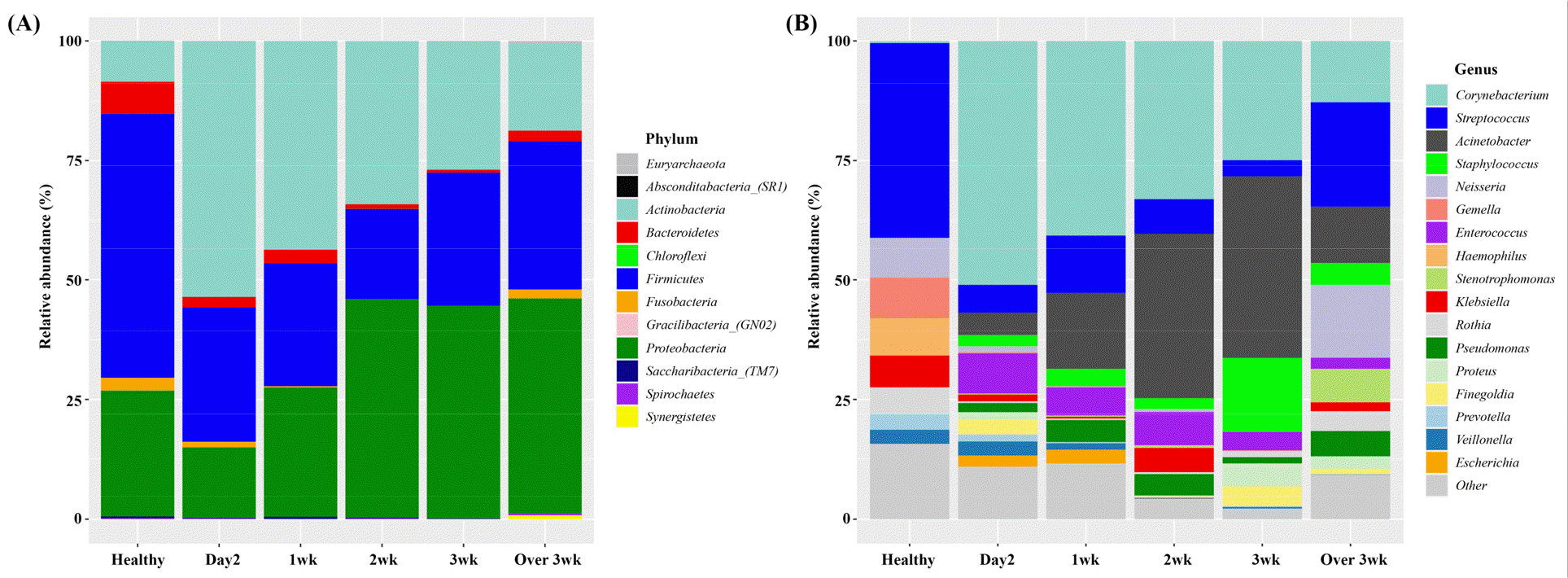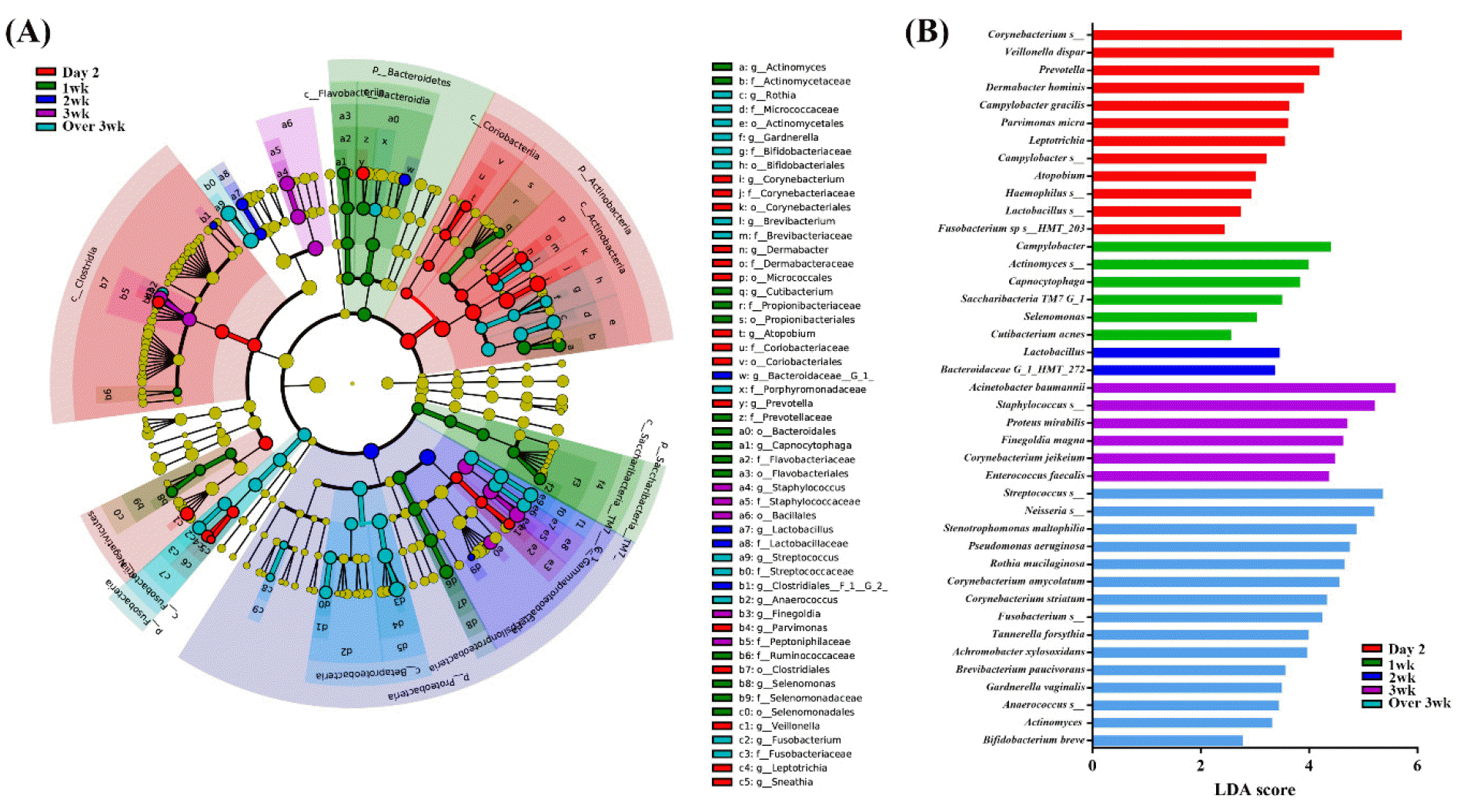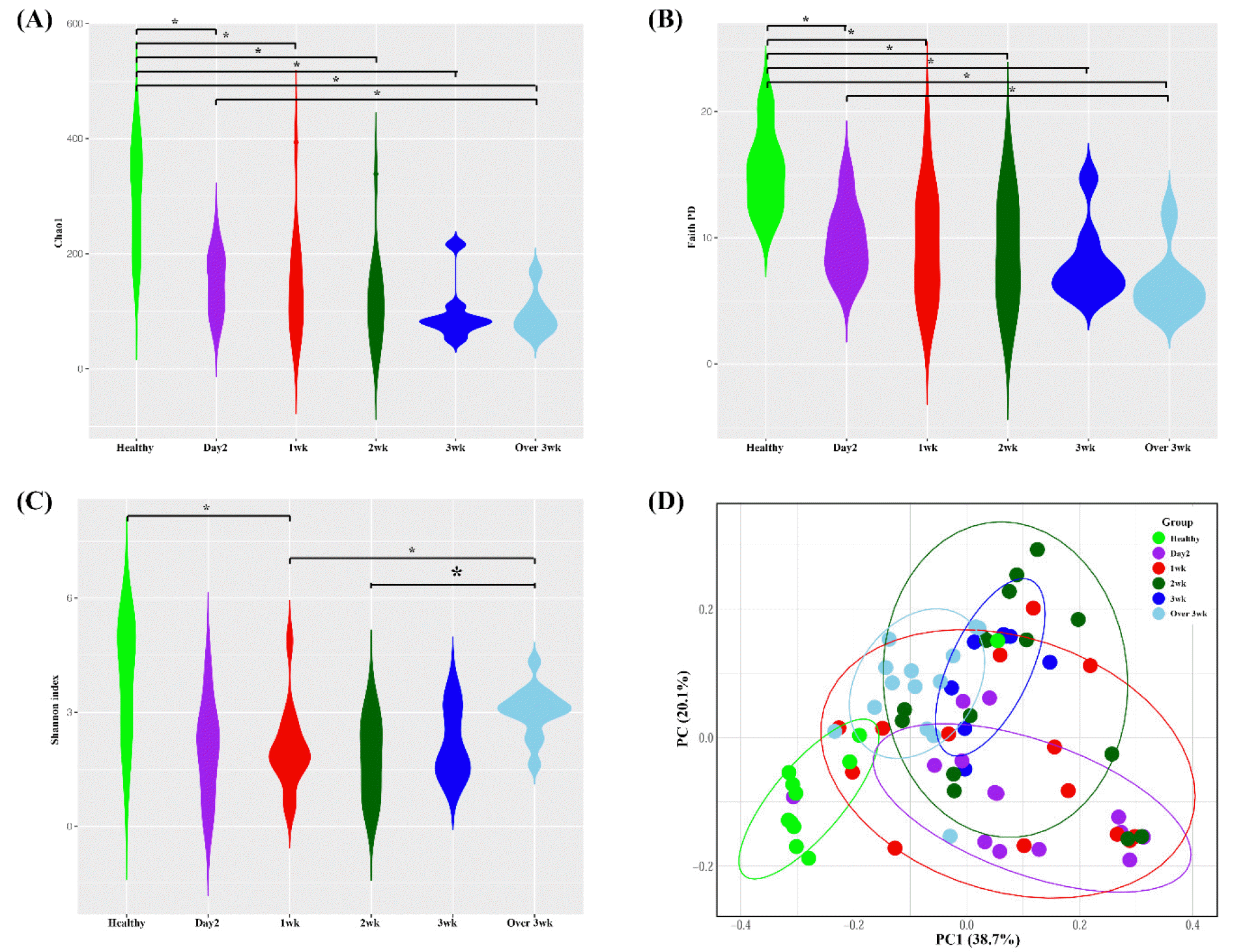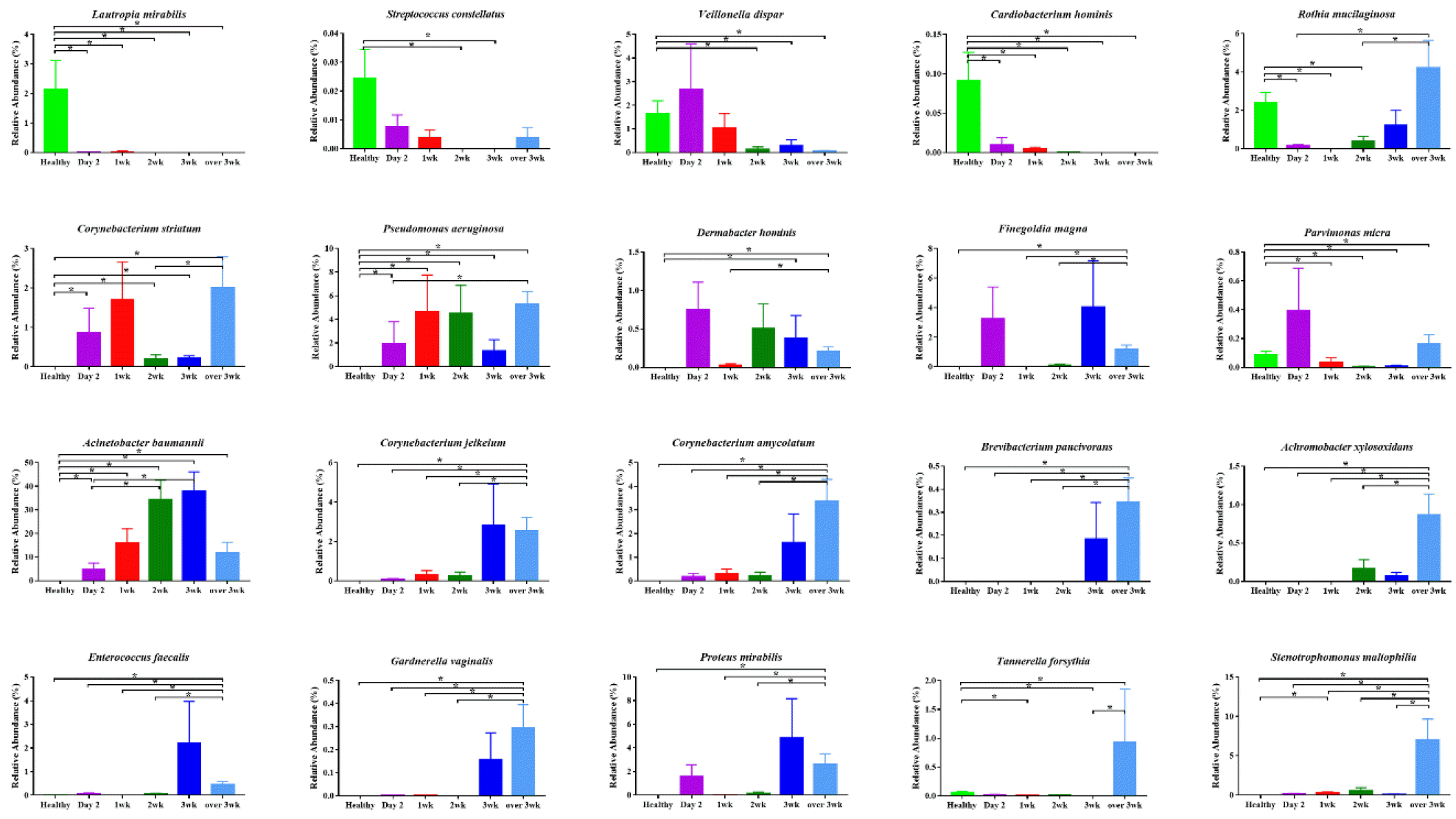1. Joseph NM, Sistla S, Dutta TK, Badhe AS, Parija SC. Ventilator-associated pneumonia: a review.
Eur J Intern Med 2010;21:360-8.DOI:
10.1016/j.ejim.2010.07.006. PMID:
20816584.
2. Shi Z, Xie H, Wang P, Zhang Q, Wu Y, Chen E, et al. Oral hygiene care for critically ill patients to prevent ventilator- associated pneumonia.
Cochrane Database Syst Rev 2013:CD008367.DOI:
10.1002/14651858.CD008367.pub2.
3. Labeau SO, Van de Vyver K, Brusselaers N, Vogelaers D, Blot SI. Prevention of ventilator-associated pneumonia with oral antiseptics: a systematic review and meta-analysis.
Lancet Infect Dis 2011;11:845-54.DOI:
10.1016/S1473-3099(11)70127-X.
4. Alhazzani W, Smith O, Muscedere J, Medd J, Cook D. Toothbrushing for critically ill mechanically ventilated patients: a systematic review and meta-analysis of randomized trials evaluating ventilator-associated pneumonia.
Crit Care Med 2013;41:646-55.DOI:
10.1097/CCM.0b013e3182742d45. PMID:
23263588.
5. El-Solh AA, Pietrantoni C, Bhat A, Okada M, Zambon J, Aquilina A, et al. Colonization of dental plaques: a reservoir of respiratory pathogens for hospital-acquired pneumonia in institutionalized elders.
Chest 2004;1261575-82.DOI:
10.1016/S0012-3692(15)31374-X.
8. Brennan MT, Bahrani-Mougeot F, Fox PC, Kennedy TP, Hopkins S, Boucher RC, et al. The role of oral microbial colonization in ventilator-associated pneumonia.
Oral Surg Oral Med Oral Pathol Oral Radiol Endod 2004;98:665-72.DOI:
10.1016/j.tripleo.2004.06.005. PMID:
15583538.
9. Modi AR, Kovacs CS. Hospital-acquired and ventilator-associated pneumonia: Diagnosis, management, and prevention.
Cleve Clin J Med 2020;87:633-9.DOI:
10.3949/ccjm.87a.19117. PMID:
33004324.
10. Kitsios GD, Fitch A, Manatakis DV, Rapport SF, Li K, Qin S, et al. Respiratory Microbiome Profiling for Etiologic Diagnosis of Pneumonia in Mechanically Ventilated Patients.
Front Microbiol 2018;9:1413.DOI:
10.3389/fmicb.2018.01413. PMID:
30042738. PMCID:
PMC6048198.
11. Özçaka Ö, Başoğlu OK, Buduneli N, Taşbaken MS, Bacakoğlu F, Kinane DF. Chlorhexidine decreases the risk of ventilator- associated pneumonia in intensive care unit patients: a randomized clinical trial.
J Periodontal Res 2012;47:584-92.DOI:
10.1111/j.1600-0765.2012.01470.x. PMID:
22376026.
12. Tuon FF, Gavrilko O, Almeida S, Sumi ER, Alberto T, Rocha JL, et al. Prospective, randomised, controlled study evaluating early modification of oral microbiota following admission to the intensive care unit and oral hygiene with chlorhexidine.
J Glob Antimicrob Resist 2017;8:159-63.DOI:
10.1016/j.jgar.2016.12.007. PMID:
28216018.
13. Benson AK, Kelly SA, Legge R, Ma F, Low SJ, Kim J, et al. Individuality in gut microbiota composition is a complex polygenic trait shaped by multiple environmental and host genetic factors.
Proc Natl Acad Sci U S A 2010;107:18933-8.DOI:
10.1073/pnas.1007028107. PMID:
20937875. PMCID:
PMC2973891.
15. Somineni HK, Kugathasan S. The Microbiome in Patients With Inflammatory Diseases.
Clin Gastroenterol Hepatol 2019;17:243-55.DOI:
10.1016/j.cgh.2018.08.078. PMID:
30196163.
16. Singh J. International conference on harmonization of technical requirements for registration of pharmaceuticals for human use.
J Pharmacol Pharmacother 2015;6:185-7.DOI:
10.4103/0976-500X.162004. PMID:
26312010. PMCID:
PMC4544148.
17. Bonham PA. Swab cultures for diagnosing wound infections: a literature review and clinical guideline.
J Wound Ostomy Continence Nurs 2009;36:389-95.DOI:
10.1097/WON.0b013e3181aaef7f. PMID:
19609159.
18. Klindworth A, Pruesse E, Schweer T, Peplies J, Quast C, Horn M, et al. Evaluation of general 16S ribosomal RNA gene PCR primers for classical and next-generation sequencing-based diversity studies.
Nucleic Acids Res 2013;41:e1.DOI:
10.1093/nar/gks808. PMID:
22933715. PMCID:
PMC3592464.
21. Segata N, Izard J, Waldron L, Gevers D, Miropolsky L, Garrett WS, et al. Metagenomic biomarker discovery and explanation.
Genome Biol 2011;12:R60.DOI:
10.1186/gb-2011-12-6-r60. PMID:
21702898. PMCID:
PMC3218848.
23. Bahrani-Mougeot FK, Paster BJ, Coleman S, Barbuto S, Brennan MT, Noll J, et al. Molecular analysis of oral and respiratory bacterial species associated with ventilator-associated pneumonia.
J Clin Microbiol 2007;45:1588-93.DOI:
10.1128/JCM.01963-06. PMID:
17301280. PMCID:
PMC1865865.
24. Jakobsson HE, Jemberg C, Andersson AF, Sjölund-Karisson M, Jansson JK, Engstrand L. Short-term antibiotic treatment has differing long-term impacts on the human throat and gut microbiome.
PloS one 2010;5:e9836.DOI:
10.1371/journal.pone.0009836. PMID:
20352091. PMCID:
PMC2844414.
25. Baek MG, Woo SJ, Kim NE, Baek C, Won S, Kim Y, et al. Respiratory microbiome profiles differ by recent hospitalization and nursing home residence in patients on mechanical ventilation.
J Transl Med 2020;18:464.DOI:
10.1186/s12967-020-02642-z. PMID:
33287847. PMCID:
PMC7720271.
27. Song JH. Treatment recommendations of hospital-acquired pneumonia in Asian countries: first consensus report by the Asian HAP Working Group.
Am J Infect Control 2008;36:S84-92.DOI:
10.1016/j.ajic.2007.01.015. PMID:
18468550.
28. Kwak YG, Cho YK, Kim JR, Lee SO, Kim HY, Kim YK, et al. Korean Nosocomial Infections Surveillance System, Intensive Care Unit Module Report: Data Summary from July 2008 through June 2009 and Analysis of 3-Year Results. Korean J Nosocomial Infect Control 2010;15:14-25.






 PDF
PDF Citation
Citation Print
Print




 XML Download
XML Download